Research on Carbon Emission Levels of 30 Provinces in China Based on Factor Analysis
DOI: 10.23977/erej.2023.070502 | Downloads: 18 | Views: 1112
Author(s)
Ziyao Dong 1
Affiliation(s)
1 School of Economics and Management, Hebei University of Technology, Tianjin, 300131, China
Corresponding Author
Ziyao DongABSTRACT
Based on the research background of the "dual carbon" goals, this study explores the carbon emission levels of provinces across the country. This article uses principal component analysis and factor analysis to study the carbon emission levels of 30 provinces in China from 2016 to 2020. The research results indicate that: (1) The level of economic development is the main factor affecting the carbon emission levels of 30 provinces in China based on factor analysis. (2) Overall, carbon emissions in the eastern and central regions have increased, while carbon emissions in the northwest and northeast regions have decreased. Therefore, the following measures should be taken: strengthen regional communication and optimize resource allocation.
KEYWORDS
Carbon emission level, factor analysis, principal component analysisCITE THIS PAPER
Ziyao Dong, Research on Carbon Emission Levels of 30 Provinces in China Based on Factor Analysis. Environment, Resource and Ecology Journal (2023) Vol. 7: 9-17. DOI: http://dx.doi.org/10.23977/erej.2023.070502.
REFERENCES
[1] Yang Q, Peng R, Liu X, et al. Study on influencing factors of provincial carbon emission based on geographically weighted regression [J]. Journal of Environmental Engineering Technology, 2023, 13(01):54-62.
[2] Yunlong L, Xianlin C, Chengfeng H. Research and Analysis on the Influencing Factors of China’s Carbon Emissions Based on a Panel Quantile Model[J]. Sustainability, 2022, 14(13).
[3] Jiang Y, Zhong S, Wang Y, et al. Spatio-temporal characteristics and influencing factors of carbon emission peak by province of China [J]. Journal of Natural Resources, 2022, 37(05):1289-1302.
[4] Yingdong W, Yueming Z. Spatial effects of carbon emission intensity and regional development in China. [J]. Environmental science and pollution research international, 2020, 28(11).
[5] Chen T, Li X, Chen B. Decomposition of influencing factors and peak prediction of carbon emissions in China[J]. Journal of Safety and Environment, 2022:1-12.
[6] Li L, Lei Y, He C, et al. Prediction on the Peak of the CO2 Emissions in China Using the STIRPAT Model[J]. Advances in Meteorology, 2016, 2016.
[7] Chen Y, Cheng Q, Fang X, et al. Principal component analysis and long short-term memoryneural network for predicting dissolved oxygen in water for aquaculture[[J]. Transactions of the Chinese Society of Agricultural Engineering, 2018, 34(17):183-191.
[8] Xiaowei B I, Manman L, Dongsheng F, et al. A Target Threat Sequencing Method Based on Factorial Analysis [J]. Electronic Information Warfare Technology, 2023, 38(2):1-7.
[9] China City Statistical Yearbook-2016-2020 Editorial Board and Editorial Board China City Statistical Yearbook-2016-2020 Editorial Board and Editorial Board [Z]. China City Statistical Yearbook, 2016-2020: 4-5. [C].
[10] China Energy Statistical Yearbook-2016-2020 Editorial and publishing staff China Energy Statistical Yearbook-2016-2020 Editorial and publishing staff [Z]. China Energy Statistical Yearbook, 2016-2020: 4-5. [S].
[11] Yin N, Wang C, Yan P. Provincial carbon emission efficiency and driving factors along the Belt and Road in China under carbon peak and carbon neutrality [J]. Coal Engineering, 2022, 54(09):182-186.
[12] Wang Q, Wang S, Dong N. Research on the Influencing Factors and SpatialSpillover of Carbon Emission Intensity Under the Background of Carbon Peak—Based on the Empirical Analysis of Chongqing[J]. Soft Science, 2022, 36(07):97-103.
[13] Liu Z, Zhang Y. Temporal and Spatial Transition Characteristics, Influencing Factors and Peak Path Design of Carbon Emissions in China [J]. Journal of Southwest University (Social Sciences Edition), 2022, 48(06):99-112.
[14] Wang Z, Li Z, Wu W. Spatio-Temporal Evolution and Influencing Factors of Carbon Emissions in Different Grade Cities in the Yangtze River Economic Belt [J]. Research of Environmental Sciences, 2022, 35(10):2273-2281.
[15] Hu J, Wang K. Spatial and Temporal Differences and Spatial Convergence of Carbon Emission Efficiency in Chinese Provinces [J]. Journal of Management, 2022, 35(04):36-52.
[16] Zhao Q, Zhou Y, Fang Q, et al. Spatial-temporal evolution of carbon emissions and its influencing factors inChina central region[J]. Acta Scientiae Circumstantiae, 2023, 43(02):354-364.
[17] Wang S, Ye L, Zhang W. Dynamic Effect Analysis and Scenario Prediction of Factors Influencing Carbon Emission Intensity in Beijing, Tianjin and Hebei[J]. Urban Problems, 2021(05):42-51.
[18] Liu Z, Xu J. Equity and influence factors of China's provincial carbon emissions under the ''Dual Carbon'' goal [J]. Scientia Geographica Sinica, 2023, 43(01):92-100.
| Downloads: | 5909 |
|---|---|
| Visits: | 433438 |
Sponsors, Associates, and Links
-
International Journal of Geological Resources and Geological Engineering
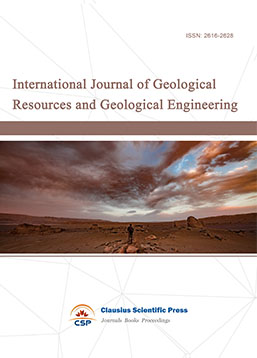
-
Big Geospatial Data and Data Science
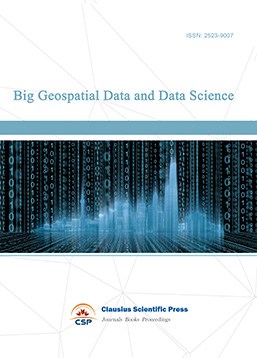
-
Solid Earth and Space Physics
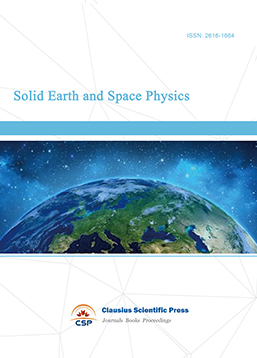
-
Environment and Climate Protection
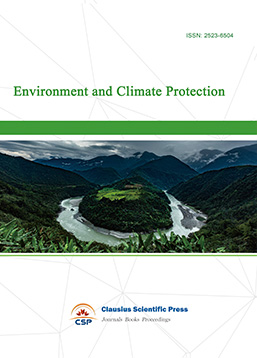
-
Journal of Cartography and Geographic Information Systems
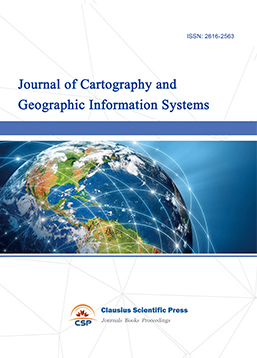
-
Offshore and Polar Engineering
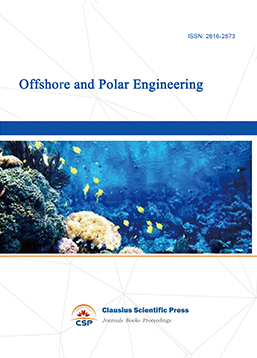
-
Physical and Human Geography
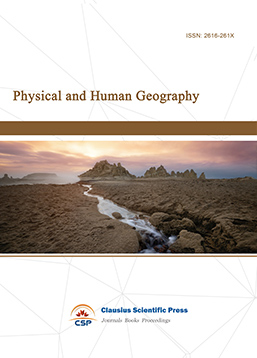
-
Journal of Atmospheric Physics and Atmospheric Environment
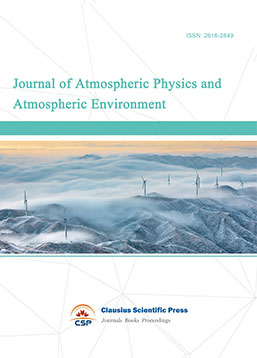
-
Trends in Meteorology
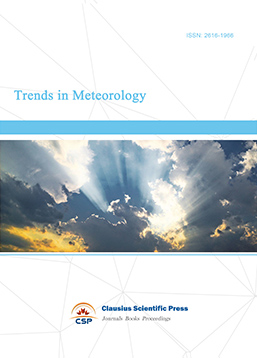
-
Journal of Coastal Engineering Research
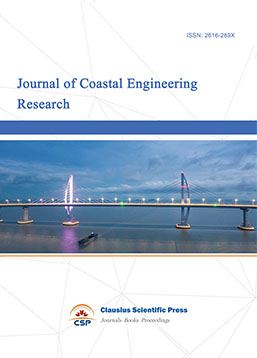
-
Focus on Plant Protection
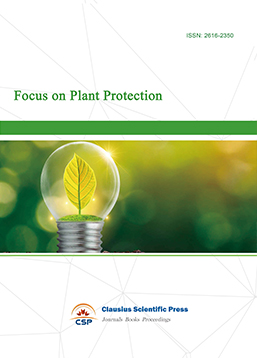
-
Toxicology and Health of Environment
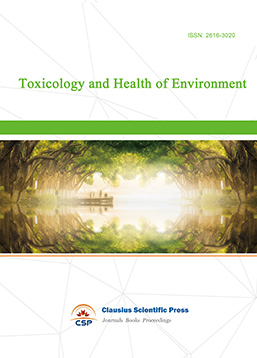
-
Geoscience and Remote Sensing
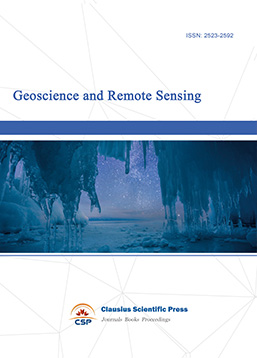
-
Advances in Physical Oceanography
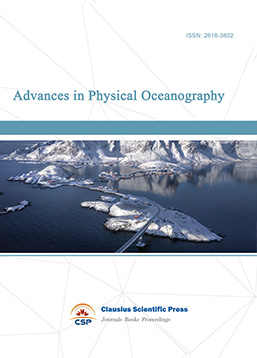
-
Biology, Chemistry, and Geology in Marine
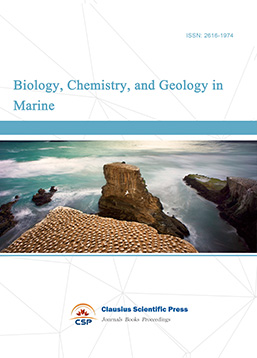
-
Water-Soil, Biological Environment and Energy
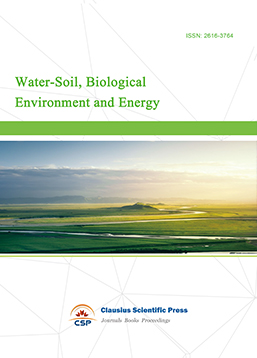
-
Geodesy and Geophysics
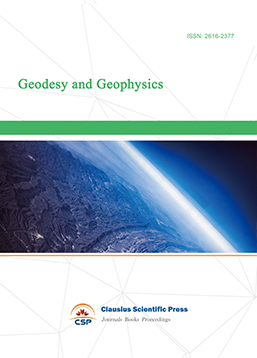
-
Journal of Structural and Quaternary Geology
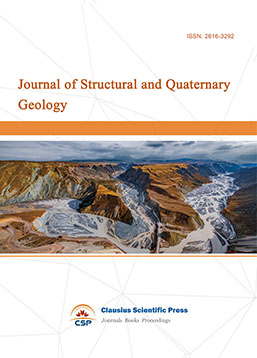
-
Journal of Sedimentary Geology
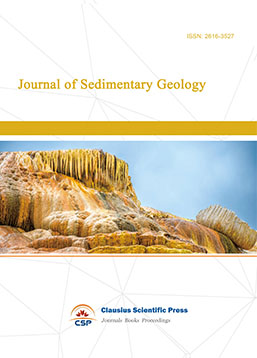
-
International Journal of Polar Social Research and Review
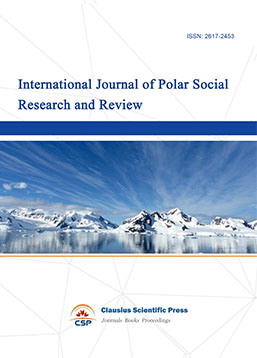

 Download as PDF
Download as PDF